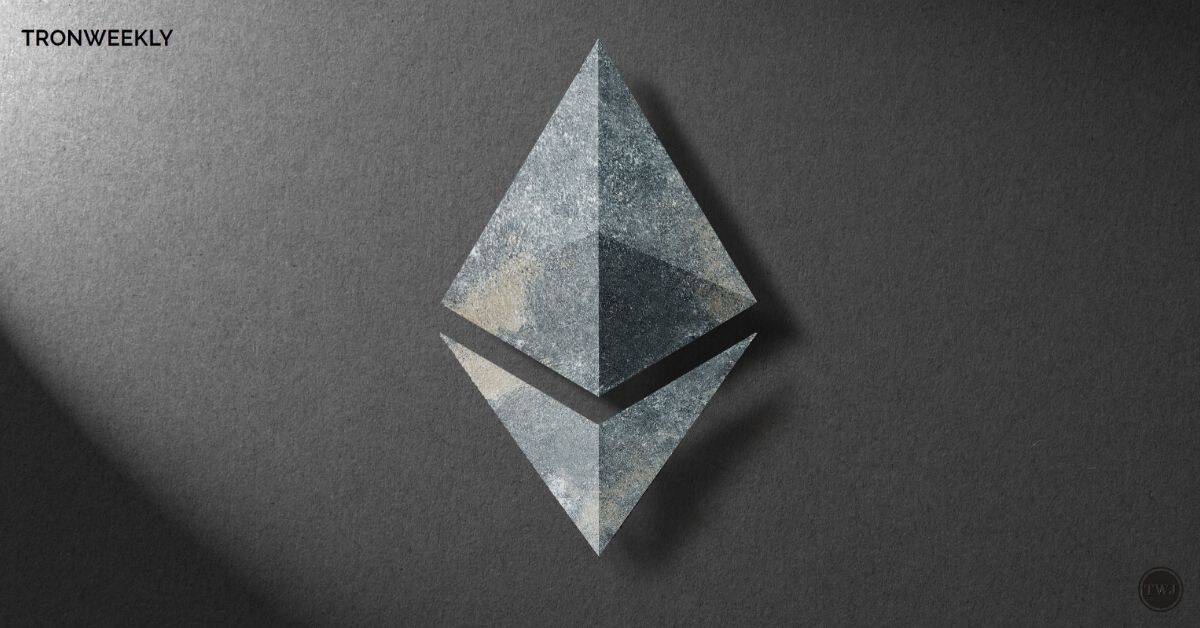In the heart of Ethereum’s bustling ecosystem, a revolutionary concept is taking root – restaking. This innovative approach, touted as the bedrock for a plethora of decentralized applications (DApps), promises to reshape the landscape of decentralized finance (DeFi). Yet, amidst the fervor, whispers of concealed risks are beginning to circulate.
Coinbase, one of the main players in cryptocurrencies, has also given a word of caution. A recent report from them reveals that although Ethereum’s proof-of-stake (PoS) system appears to possess an impressive economic security fund that exceeds $112 billion, integrating restaking may cause unknown risks like Pandora Box.
Leading this movement is EigenLayer: it is now Ethereum’s second-largest DeFi protocol by Total Value Locked with some $12.4 billion locked up at present. EigenLayer’s innovative restaking protocol provides validators with a way to secure the Ethereum network while earning extra compensation through actively verified services. It signifies a departure toward the “security-as-a-service” model alongside new income streams for validators.

Hidden Risks In Ethereum’s Restaking Landscape
However, Ethereum has its own concerns regarding AVSs introduction as well as risks linked with restaking that remain obscured. The complexity of slashing penalties and seizure threats is very high which spoils the picture of staking rewards altogether.
The situation is further complicated by the rapid expansion in liquid restaking tokens (LRTs). Risk becomes less understandable when there are many protocols competing to dominate the LRT market. In view of this increased demand for stakes, the crypto community stands at a crossroads between attractive incentives on one hand and vague dangers associated with it on another.”

Also, there is a negative outlook on the DeFi landscape due to LRT valuation risks. The danger of market fall and liquidations that come after them are imminent in this unpredictable world that questions the reliability of LRTs as collateral within DeFi ecosystem. Nonetheless, amid the maze of dangers, there is still some hope. In this uncertain environment, however, there are protocols that can make sense out of LRTs’ underlying principles and diminish risks using innovative mechanisms.
Related Reading | Deribit Secures Conditional VASP License from VARA, Relocates HQ to Dubai

